What to eat SRI LANKA 🇱🇰 Rice and curry
As far as serving rice and curry, it is a layered appeal, like a quilt of culture with rice placed at the center and the various additional curries swirling around it to produce the unique palette of place in time.
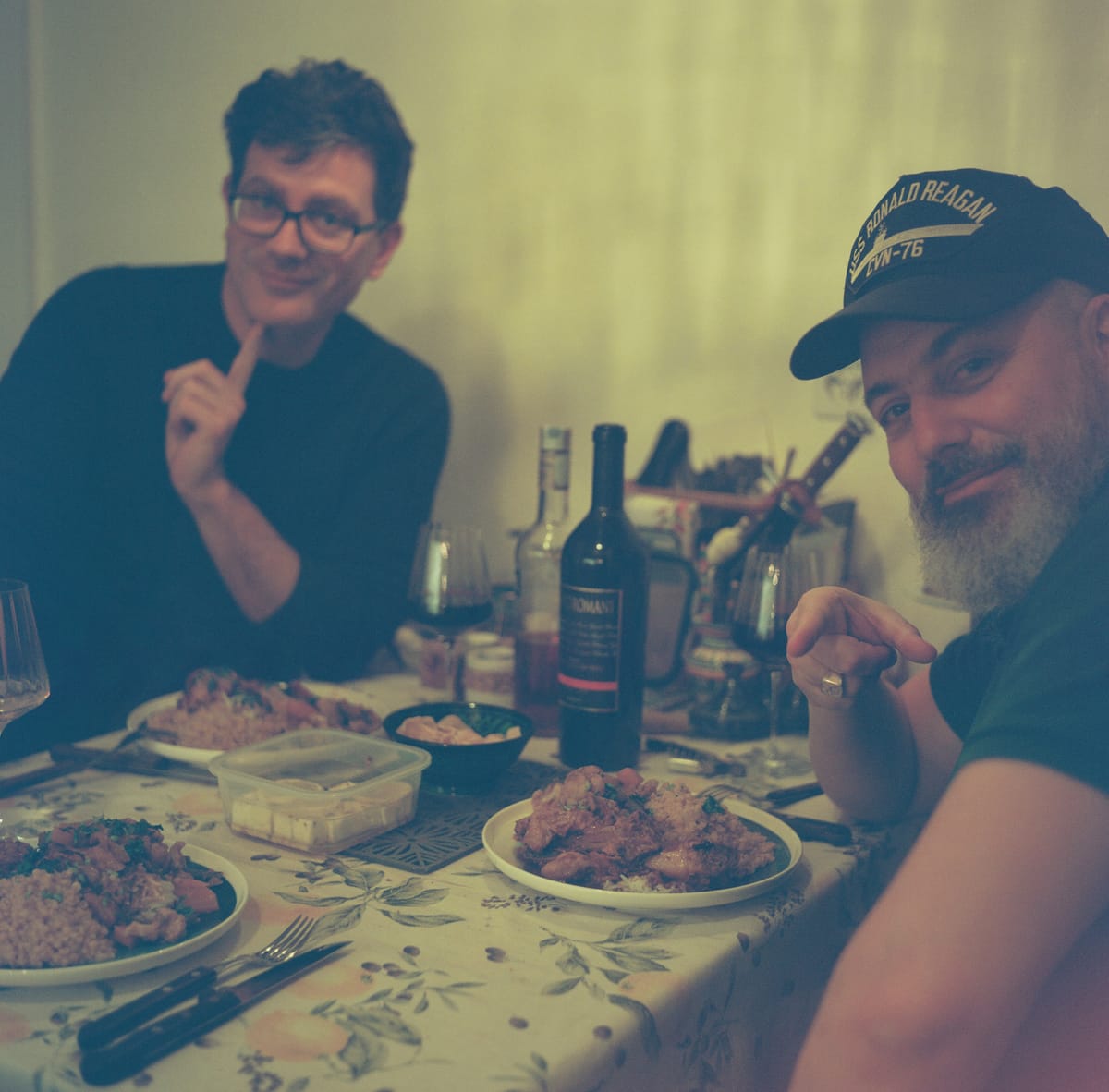
Rice and curry
Published June 13, 2025 · by Amanda Rivkin Häsler
The history of rice in Sri Lankan dates back thousands of years as it is a core staple of the island off the southeastern coast of India. A remarkable variety of rice grains are grown in Sri Lanka, each with its unique texture and aroma, resulting in very different flavor palettes, from red rice which is rich in fiber to white samba, a fragrant variety.
As far as serving rice and curry, it is a layered appeal, like a quilt of culture with rice placed at the center and the various additional curries swirling around it to produce the unique palette of place in time. The curries are each cooked separately to bring this textured variety to the plate. It is not so much a single dish but "an incredibly complex, multifaceted meal," as the Sri Lankan Unbound blog puts it.
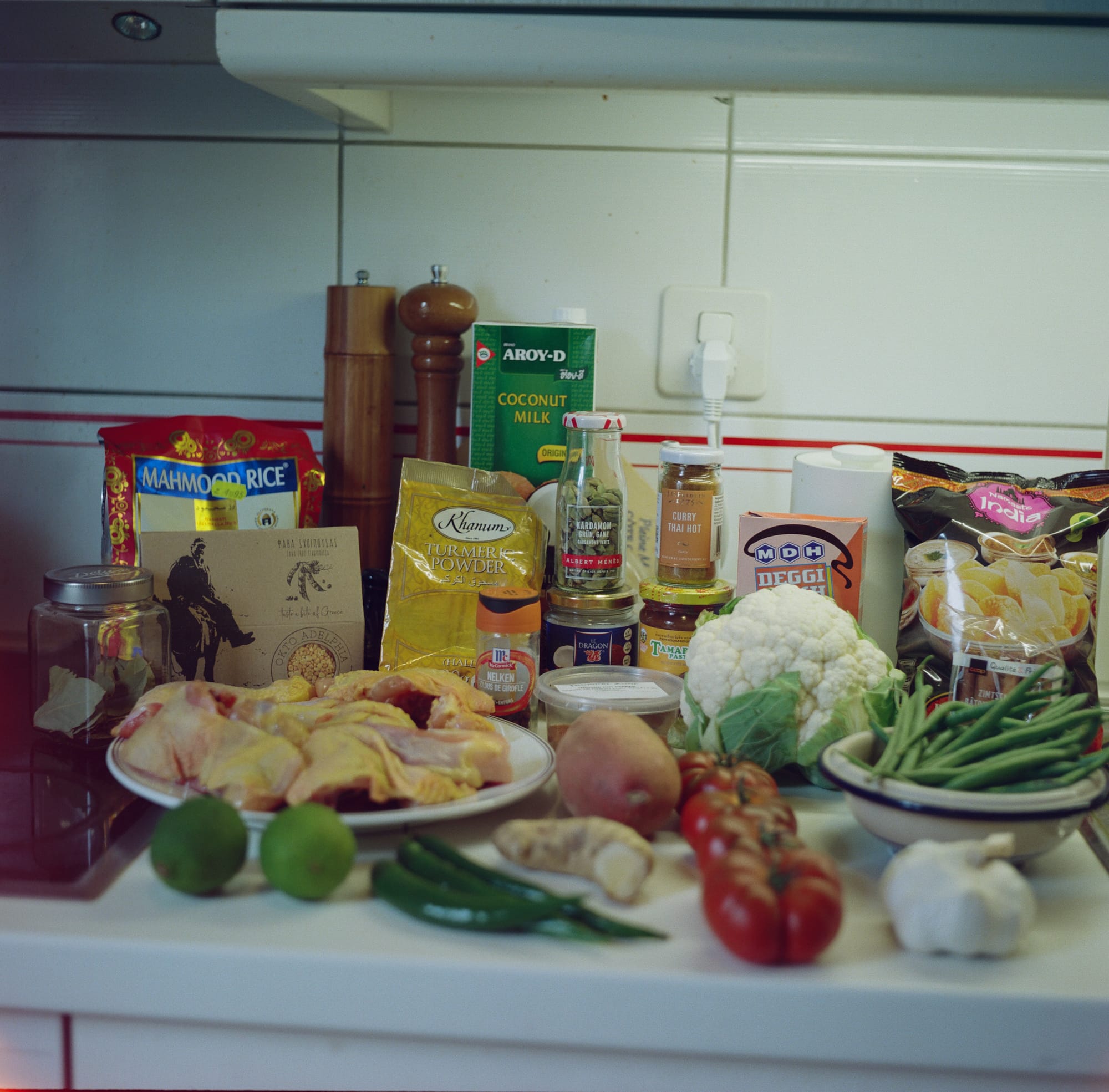
Paired with curries made from vegetables, lentils or meat, the Sri Lankan dish is adaptable, balanced and extraordinarily versatile. Unlike many national dishes, the substance of rice and curry gives great room for a multicultural and diverse wealth of possibilities characteristic of few other nations. Foreign influences combined with local traditions create the national dish, a reflection of the island's history over time.
Sri Lankan culinary influences reach deep into the centuries of geopolitical past and present to include flavors and techniques from India, Arab, Malay and European societies. The Portuguese introduced chili peppers in the sixteenth century, an addition that altered the state of Sri Lankan cuisine forever. During the British colonial period, root vegetables like potatoes and carrots were brought into the mix as well as a new world fruit like the tomato. The result is a national cuisine characterized by bold flavors, spices and extraordinarily fresh ingredients stretched to absolute limit by factors such as conflict, economics and geopolitics.
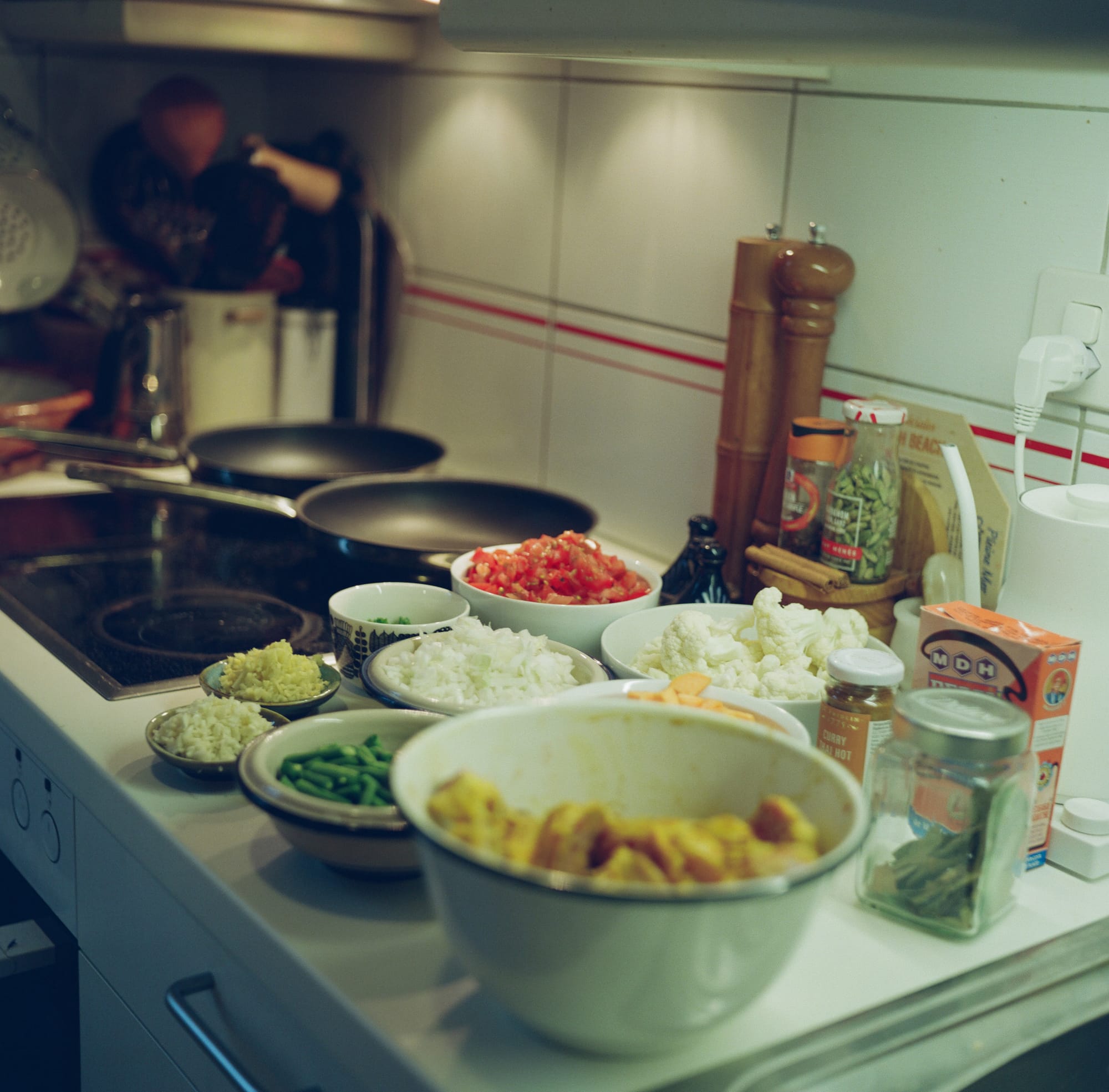
Across Sri Lanka, the type and variety of curries served are often a reflection of different tastes, cultures and available ingredients. In the coastal areas, seafood often reigns supreme in curries whereas inland poultry and vegetables bring the greater value to carry the meal. On the Jaffna peninsula in the north, there is a spice blend beloved by locals that provides unique flavors. In the central highlands, cooler temperatures give way to milder flavors and more ghee and yogurt are used.
Each of the island nation's ethnic communities, whether Sinhalese, Tamil, Muslim or Burgher (Dutch) has developed its own distinct version of rice and curry due to historical influences and flavors. At the same time, they have all borrowed techniques and flavors from each other, resulting in a rich fusion and a true melting pot.
The Sinhalese majority who are overwhelmingly Buddhist (about 75% of the population) favor coconut-based curries like kiri hodi, a coconut milk gravy, or Parippu, dhal curry. Vegetables traditionally include jackfruit, eggplant, okra and pumpkin. Their fish or meat curries tend to be spicier, made with fresh local fish, chicken, beef, pork or mutton or simply vegetarian but cooked in a coconut milk that is spiced with chili, coriander, cinnamon and turmeric.
The stir-fried greens preferred by the Sinhalese also tend to include coconut or a raw salad, tossed with grated coconut or lime. In addition, there is the Pol Sambol, a coconut relish and the Papadum, a crispy lentil wafer added for its crunchy texture. On the side, pickles and chutney round out the rice and curry with relish.
The Tamil community is impartial to vegetable and rice curries that include seafood or mutton. As they reside in the north and eastern regions, the dishes tend to be spicier and the Tamil community makes use of different techniques like roasting and dry frying to build a deep flavor.
Sri Lankan Muslims have adapted kidu rice, a rice with dhal that includes spicy potatoes, ambarella curry or a sour fruit cooked in a sweetening method that consists of combining ash plantains and eggplant. This version is rounded out with a protein, usually chicken, fish or beef.
The Dutch or Burgher community in Sri Lanka is known for incorporating techniques and flavors acquired during the colonial period in Indonesia as well as European flavors. The Dutch were inspired by the technique of wrapping food in banana leaves and steaming it. They also enjoy making rice in a rich meat curry broth and incorporating European dishes like meatballs or frikkadela, a Dutch-style meat patty. Finally, they round it out with Seeri Sambol, a sweet caramelized onion relish.
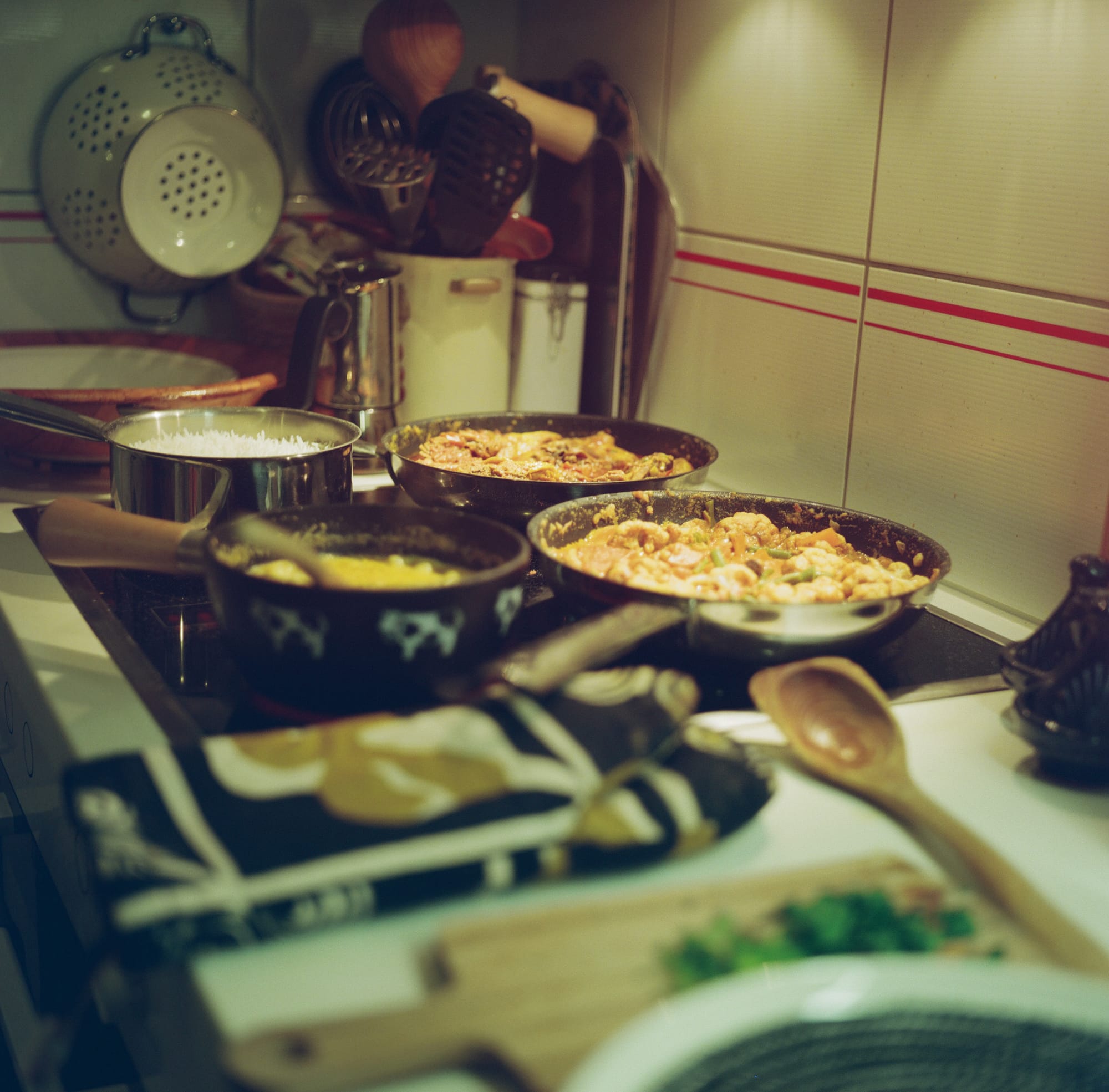
Traditionally, the process of making rice and curry begins early in the morning when fresh ingredients are procured from the local market. Spices are selected with care for quality. They are ground into powders or pastes using a traditional stone grinder known as a mirisgala. Vegetables are finely chopped and the meats can marinade for hours.
A few different serving traditions prevail as well, according to community and climate. Meals are a communal affair, with family members gathered around a large table full of dishes. A banana leaf or a clay pot may configure into the presentation. Traditionally, one would eat rice and curry with the right hand, mixing the rice with bits of each curry to absorb a unique flavor combination with each bite.
Rice and curry also figure into celebrations like New Years, known as Aluth Avurudda, where kiribath or milk rice is served. At weddings, yellow rice, the result of the additional of the spice turmeric, prevails and seven unique curries representing prosperity is traditional.
As a dish, rice and curry is "a repository of memories," as the remittances-focused blog Remitly puts it. The Sri Lankan national dish "evokes images of grandmothers stirring large pots over wood-fired stoves, of festive meals shared with loved ones, of comfort on rainy days."
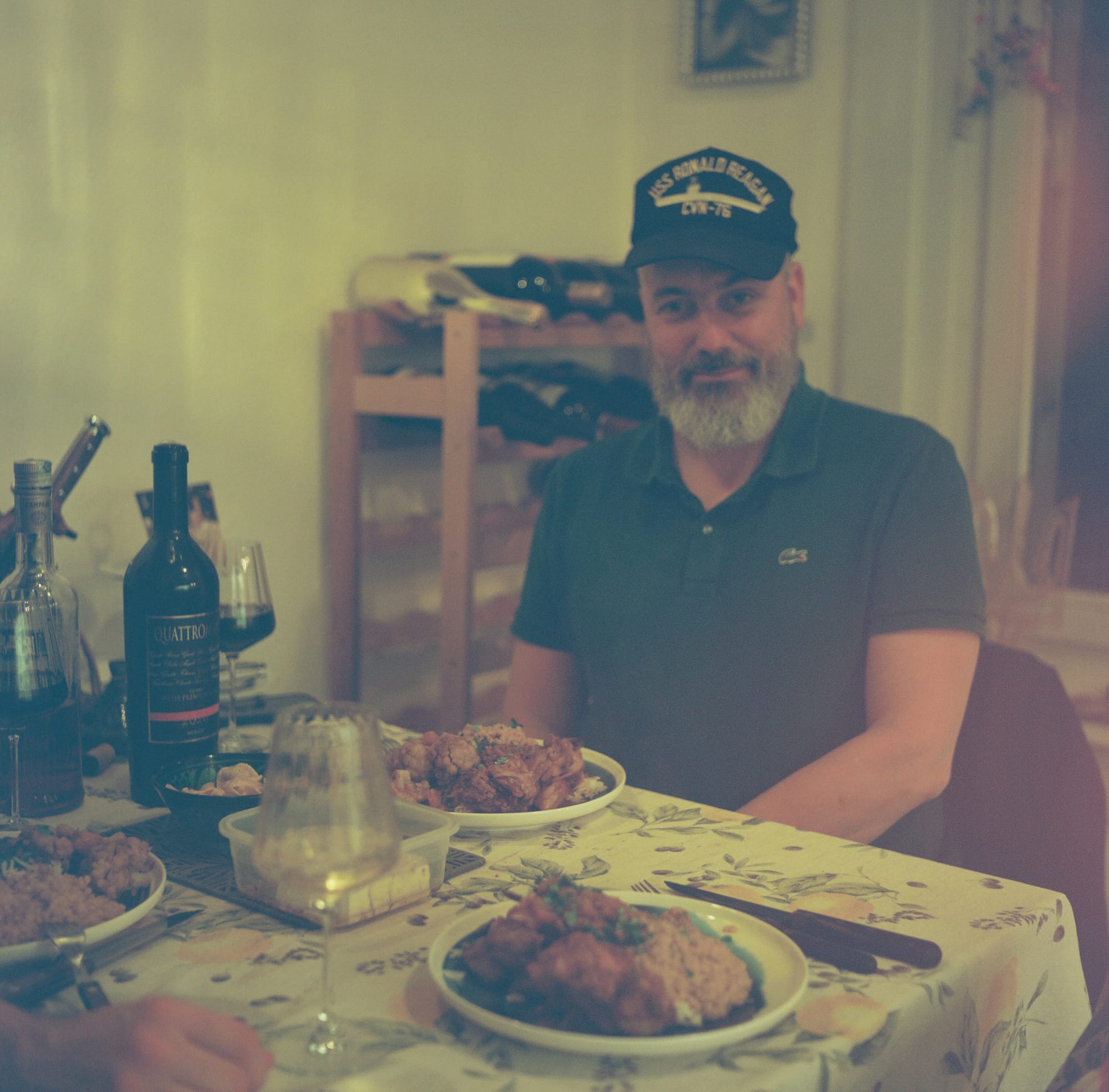
Recipe
Ingredients:
For the chicken curry and vegetable curry:
1 chicken cut into smaller pieces, bone and skin on
2 limes
1 tablespoon tamarind paste
1 tablespoon turmeric
1 tablespoon hot pepper
6 small tomatoes
3 small onions
3 green peppers
1 medium sized piece of ginger
5 cloves of garlic
1 handful of haricot verts or green beans
1 head of cauliflower
1 sweet potato
4 cardamon pods
2 sticks of cinnamon
6 cloves
2 tablespoons Thai hot curry powder
2 tablespoons deggi mirch or Kashmir curry
2 bay leaves
2 tablespoons of coconut oil
500 grams of coconut milk
Green onions (for garnish)
Parsley (for garnish)
For the rice:
1 large cup of basmati rice
1.5 cups of water
2 cardamon pods
For the lentils:
1 teaspoon Thai hot curry powder
Dried garlic
1 tablespoon coconut oil
250 grams of yellow lentils
2 cups of water
Coconut milk (as needed)
Step 1: Marinade the chicken for several hours or overnight by combining it with lime juice, tamarind paste and hot chili pepper. Place it covered in the refrigerator.
Step 2: Rinse the basmati rice in cold water and soak in cold water for 30 minutes to one hour.
Step 3: Chop six medium sized tomatoes and three small onions and set aside. Prep the green peppers, ginger and garlic as well.
Step 4: Cut the ends off the green beans and slice diagonally into thirds. Cut the stem off the cauliflower and break into smaller pieces. Peel the sweet potato and cut into small cubes.
Step 5: In two separate pans, divide the cardamon, cinnamon and cloves and turn on heat to medium high. Add one tablespoon of curry and deggi mirch until it opens up with a fragrant smell. Turn down heat when curry starts to smoke. Divide the onions between both pans and wait until they release their juices. Add tomatoes, garlic and ginger then as well and wait until they become mushy.
Step 6: When tomatoes get mushy, split the green peppers and add a bay leaf to each pan and stir. Add one tablespoon of coconut oil to each pan.
Step 7: Add potatoes and two pinches of salt to one pan and stir. In the other pan, add the chicken and stir.
Step 8: Add enough coconut milk to cover the chicken (approximately 3/4 of a cup), stir and cover and let sit on medium heat.
Step 9: Add cauliflower to the vegetables and stir. Add enough coconut milk to cover everything and stir well before covering and letting cook on medium heat.
Step 10: In a small sauce pan, add Thai hot curry and garlic. Let smoke slightly then add the coconut oil and lentils. Stir and then add two cups of water and stir. coconut milk as needed once water is absorbed by lentils and stir.
Step 11: Rinse rise until it runs clear. Place water, rice and cardamon together in a pot and bring to a boil. Cover with lid and turn to low heat and keep covered 10-15 minutes.
Step 12: Serve with rice at middle and vegetable, chicken and lentils on top. Garnish with parsley or green onions.
Learn where to eat Sri Lankan food in Switzerland.
Follow our social media pages @swissglobaldining on Instagram, TikTok and YouTube